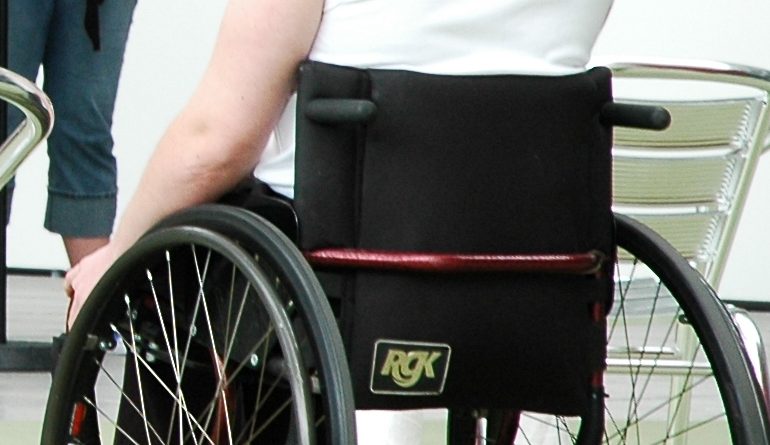PEEP and Special Needs provision
PEEP and Special Needs provision
Imagine how frightened you would feel to be faced with trying to escape a building in the event of a real fire. Now imagine that you had to escape that fire without the use of your legs. Decreased mobility, health, sight, and hearing may limit a person’s ability to escape quickly during a fire emergency. People with limitations like these could face any number of challenges and if these challenges are not thought about and considered within an evacuation plan, then this not only makes a fire emergency more frightening but much more dangerous and potentially fatal.
It is the responsibility of the person(s) having responsibility for the building to provide adequate fire safety risk assessments and emergency evacuation plans for all people likely to be in the premises, including disabled people. The different groups of people who should be considered within an evacuation plan are: staff, contactors, visitors, residents, students, customers. Where an employer or a service provider does not make suitable provision for the safe evacuation of disabled people from its premises, this may be viewed as discrimination. It may also be deemed a failure to comply with the requirements of the fire safety legislation.
Disabled people are not an homogenous group and those with different conditions will have different abilities and needs. For example, someone who is visually impaired will have different needs to someone who is hearing impaired. Someone who has a learning disability may have difficulty understanding the dangers of a fire. Therefore, a variety of safety measures are necessary to support disabled people and decrease their vulnerability in the event of a fire. Whilst planning for every situation that may occur in every type of an emergency is impossible, being as prepared as possible is vital.
Life safety must be planned in such a way so as not to affect the independence and dignity of disabled people or those with additional needs. All steps possible must be taken to ensure the safe evacuation of people without compromising their rights to independent access and evacuation. Occasions where disabled people feel that they are being treated differently should be reduced to a minimum and eradicated where possible.
When planning your procedures consultation is important to ensure that everyone, regardless of their abilities, has their say. Everyone knows their own unique abilities and needs. Consultations can highlight needs which might not otherwise have been drawn to your attention, for example with hidden disabilities (where a person’s impairment or condition is not obviously apparent or visible), such as epilepsy. Consultation should be carried out confidentially, in a sensitive and respectful way with the agreement of those involved and all opinions should be listened to and respected. Where consultation is not possible, all measures must be taken to look at possible difficulties encountered by people of all abilities in the event of a fire. Seeking advice from local disabled people’s organisations can help with this.
People with disabilities might need some arrangements put in place to make use of evacuation equipment or have assistance to help them in emergencies. For example, evacuation involving the use of refuges on escape routes could be helpful for people who cannot walk long distances or walk quickly. Assistance might be needed from allocated people to help those who struggle to use stairways, or evacuation chairs might need to be provided if walking down the stairs is not possible. Any arrangements must be communicated to those involved in a Personal Emergency Evacuation Plan (PEEP).
Fire warning systems may also need to be tailored to suit the needs of the people who use the premises. Audible alarms should pause with a small window of silence between each successive cycle so that blind or visually impaired people can listen to the instructions or voices of others. People who are hearing impaired may not be able to hear a fire alarm sounding. Therefore, adequate steps must be taken to warm them of a fire. This could include the use of a pager system to alert individuals or a fire system which includes visual alarm devices. Ray Puttock from EMS comments on one of the most recent developments in this area, a code of practice from the LPCB for visual alarm devices (VADs).

